Did you know that your ears hold secrets about your overall health? Earwax, often dismissed as a nuisance, can actually provide critical insights into your body’s condition. While most of us treat earwax as something to remove regularly, its color, texture, and even smell can signal deeper health issues. Let’s explore what your earwax says about your well-being.
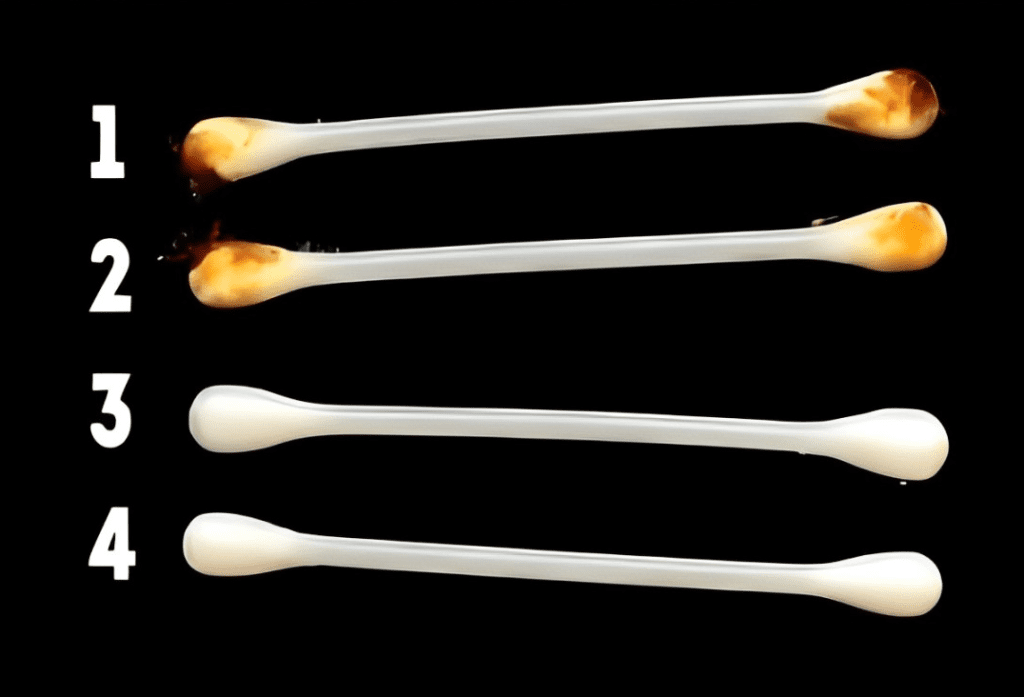
What Is Earwax, and Why Is It Important?
Earwax, medically known as cerumen, is not just “dirt” in your ears. It’s a protective substance that serves several essential purposes:
- Blocks dirt and bacteria: Earwax acts as a barrier, preventing foreign particles from entering your ear canal.
- Maintains moisture: It keeps the ear canal lubricated, reducing the risk of dryness and irritation.
- Fights infections: Earwax contains antibacterial properties to ward off potential threats.
Yet, most of us see earwax as an annoyance. Cleaning your ears daily may seem hygienic, but it can sometimes do more harm than good. Paying attention to the type of earwax you’re removing can offer vital clues about your health.
What Your Earwax Says About Your Health
Here’s a breakdown of the different types of earwax and what they might indicate about your body:
1. Gray Earwax
If your earwax has a grayish hue but no other symptoms, you likely have nothing to worry about. This is a common sign in people living in urban areas with high air pollution. Dust particles mix with earwax, creating this distinct color.
- What to do: Maintain general ear hygiene and minimize exposure to polluted environments when possible.
2. Blood in Earwax
Discovering blood in your earwax is alarming. This could indicate a perforated eardrum or even trauma inside the ear canal. A perforated eardrum makes your ear more vulnerable to infections like otitis media.
- What to do: Visit an ENT (ear, nose, and throat) specialist immediately. Early intervention can prevent complications.
3. Brown Earwax
Dark brown earwax, especially if there’s more than usual, might suggest your body is under stress. Stress can trigger an increase in sweat gland activity, which in turn affects earwax production.
- What to do: Find time to relax and de-stress. Meditation, yoga, or spending time in nature can help balance your mood.
4. Black Earwax
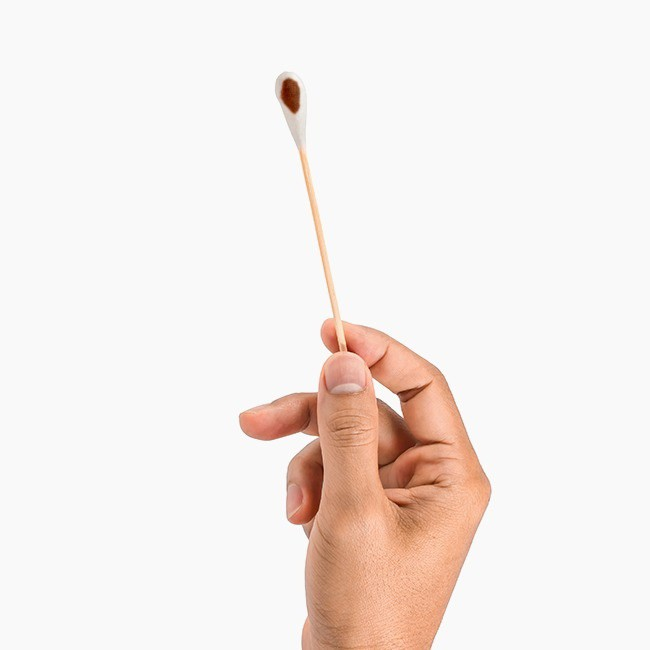
Black earwax might look frightening, but it’s not always serious. If it happens once, it’s likely due to dirt or buildup. However, if it’s recurring and accompanied by itching, it could indicate a fungal infection.
- What to do: Seek medical attention if the black earwax persists or if you experience discomfort.
5. White Earwax
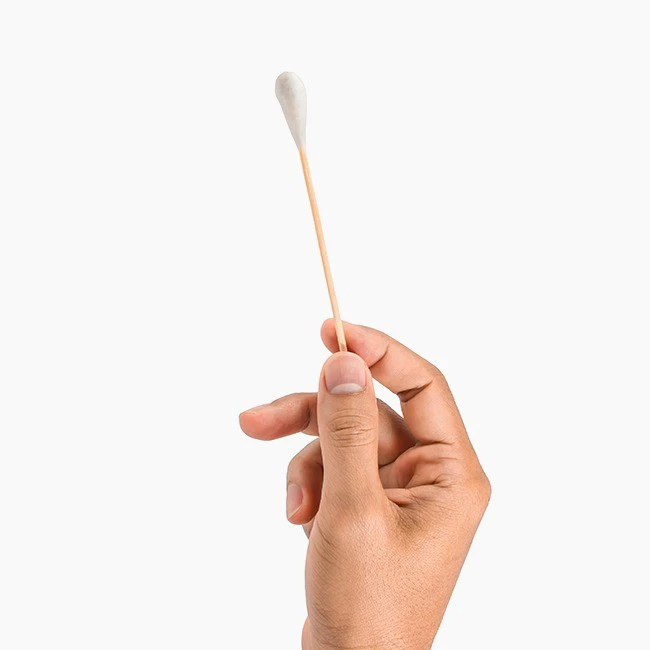
White earwax is a potential warning sign of vitamin and mineral deficiencies, especially in iron and copper. These nutrients are vital for healthy bodily functions, including maintaining the skin and ear canals.
- What to do: Incorporate nutrient-rich foods like beans, oats, and leafy greens into your diet.
6. Strong-Smelling Earwax
If your earwax has a foul odor, it might point to a middle ear infection. Infections can cause additional symptoms like hearing strange noises or feeling discomfort within your ear.
- What to do: Consult a doctor promptly. Treating the infection early can prevent long-term complications.
7. Liquid Earwax
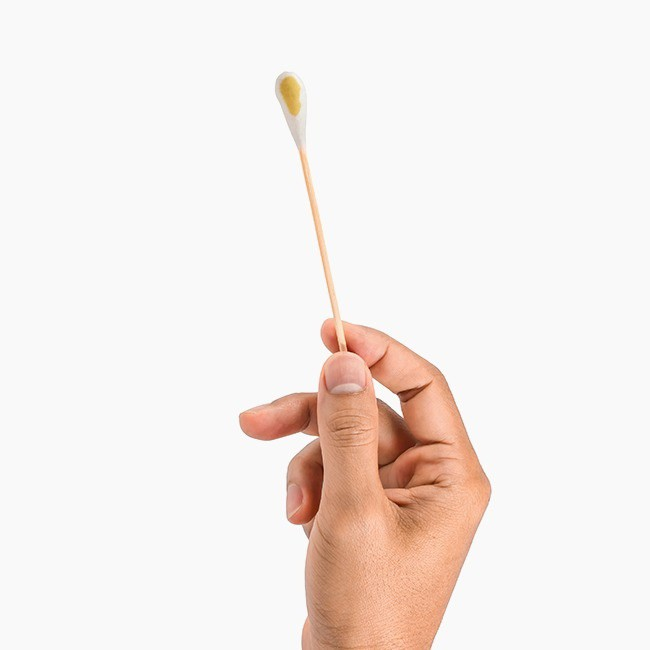
Earwax that suddenly becomes more liquid-like or runny might be a red flag for a new ear infection. It’s not the usual sticky wax but feels more fluid in texture.
- What to do: Schedule an appointment with your healthcare provider to rule out any infections.
8. Dry Earwax
Dry and flaky earwax might mean your body is dehydrated or lacking healthy fats. Sometimes, dry earwax is also linked to skin conditions like dermatitis.
- What to do: Increase your water intake and include foods rich in healthy fats, like avocados and nuts, in your diet. If it persists, consider seeing a dermatologist.
Why You Should Avoid Overcleaning Your Ears
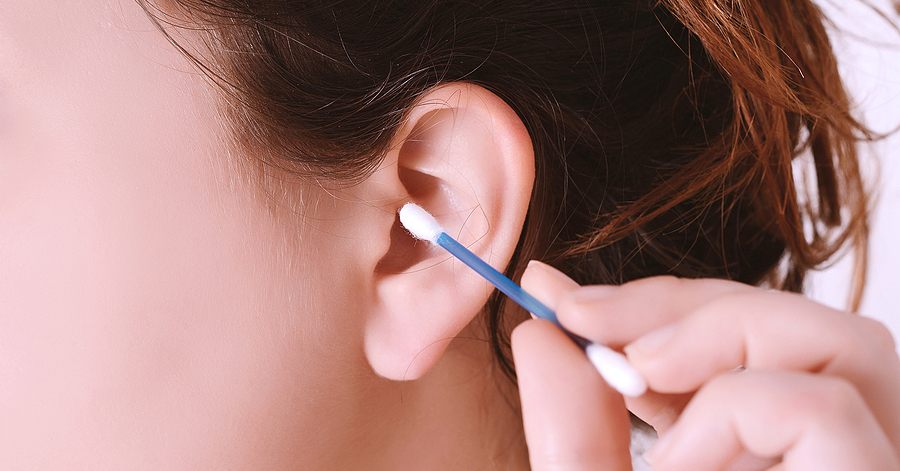
Many people have a habit of cleaning their ears daily, often with cotton swabs. While it might feel satisfying, excessive cleaning can:
- Push wax deeper into the ear canal, causing blockages.
- Strip away the protective layer, making the ear vulnerable to infections.
- Damage sensitive skin inside the ear canal, leading to irritation or injury.
Your ears are self-cleaning organs, and earwax naturally migrates outward. Cleaning should only be done occasionally and with care.
When to Seek Medical Help
Not all earwax-related issues require immediate attention, but some situations warrant professional care. Visit a doctor if you experience:

- Persistent ear pain or discomfort.
- Sudden changes in hearing.
- Blood or unusual discharge from your ear.
- Recurring foul-smelling or discolored earwax.
These symptoms may indicate an underlying issue that requires medical treatment.
Conclusion
Your ears are more than just a gateway to sound—they’re also a mirror to your health. By observing changes in your earwax, you can gain valuable insights into your body’s condition. From stress and nutrient deficiencies to potential infections, earwax can reveal a lot more than we give it credit for.
Instead of viewing earwax as an annoyance, think of it as your body’s built-in alert system. Pay attention to the signs, take preventive measures, and consult a doctor when needed. Your ears are doing their best to protect you, so let’s return the favor and keep them healthy!